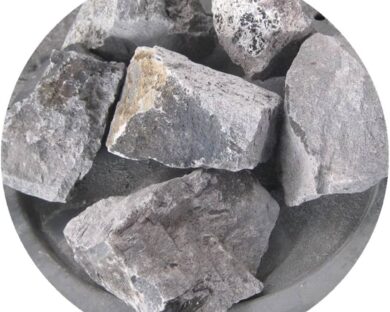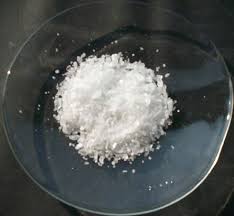Hydrazine Hydrate
Hydrazine hydrate
Hydrazine hydrate, commonly referred to as hydrazine, exists as a clear, vapor-emitting liquid with an odor reminiscent of ammonia. It's a compound composed of nitrogen and hydrogen atoms, prized for its high reactivity and employed extensively across multiple industrial sectors. Its primary use lies in space exploration, where it serves as a potent propellant in spacecraft and satellites, capitalizing on its energetic properties and propensity for exothermic reactions. Beyond propulsion systems, hydrazine finds application in diverse fields such as pharmaceutical manufacturing, agricultural chemistry, and the production of foam-blowing agents for polymers. Yet, its perilous traits, marked by toxicity and corrosiveness, necessitate stringent safety measures during handling and storage.
Despite its versatility, hydrazine poses substantial risks to both health and the environment. Exposure to this compound can result in severe irritation to the eyes, skin, and respiratory system, with prolonged contact potentially leading to burns or systemic toxicity. Furthermore, its combustion yields toxic nitrogen oxides, contributing to atmospheric pollution and posing health hazards to humans. Consequently, ongoing efforts are directed toward developing safer alternatives to hydrazine, particularly in propulsion systems, driven by environmental concerns and the imperative to safeguard the well-being of workers and communities alike.USES AND APPLICATIONS FOR Hydrazine hydrate
INDUSTRIES
It is used in numerous industrial applications like:-
- Used in Aerospace and Defense
- Used in Pharmaceutical Manufacturing
- Used in Agricultural Chemicals
- Used in Polymer Industry
- Used in Water Treatment
- Used in Chemical Manufacturing
- Used in Electronics
Hydrazine hydrate, with the chemical formula N2H4·H2O, is a colorless, fuming liquid with a characteristic ammonia-like odor. It is highly soluble in water and miscible with polar solvents like alcohols. Hydrazine hydrate is a versatile compound with a wide range of physical and chemical properties, making it valuable in various industrial applications.
Physically, hydrazine hydrate is a clear liquid at room temperature, but it tends to fume in air due to its high vapor pressure. It has a boiling point of around 120°C and freezes at temperatures below 2°C. Hydrazine hydrate is highly reactive and can ignite spontaneously in contact with certain materials, making it hazardous to handle.
Chemically, It is a powerful reducing agent. It readily donates electrons in chemical reactions, making it useful in processes such as the synthesis of pharmaceuticals, pesticides, and blowing agents for polymer foams. One of its significant reactions is its ability to undergo oxidation to form nitrogen gas and water. This property is exploited in rocket propulsion systems, where it is used as a monopropellant or as a component in bipropellant systems.
It also exhibits basic properties, forming salts known as hydrazinium salts when reacting with acids. These salts have applications in various fields, including analytical chemistry and organic synthesis. Additionally, it can react with aldehydes and ketones to form hydrazones, a reaction commonly employed in organic chemistry for derivatization and analysis.
Due to its toxicity and hazardous nature, handling it requires strict safety precautions, including proper ventilation, personal protective equipment, and adherence to handling guidelines. Exposure to it can cause severe skin and eye irritation, respiratory issues, and even central nervous system damage.
In summary, it possesses unique physical properties, such as being a fuming, colorless liquid, and chemical properties, including its strong reducing and basic nature. Its versatility makes it valuable in industries ranging from pharmaceuticals to rocket propulsion, but its toxicity demands careful handling and safety measures.
Contact us for Details of SNDB Chemicals.




